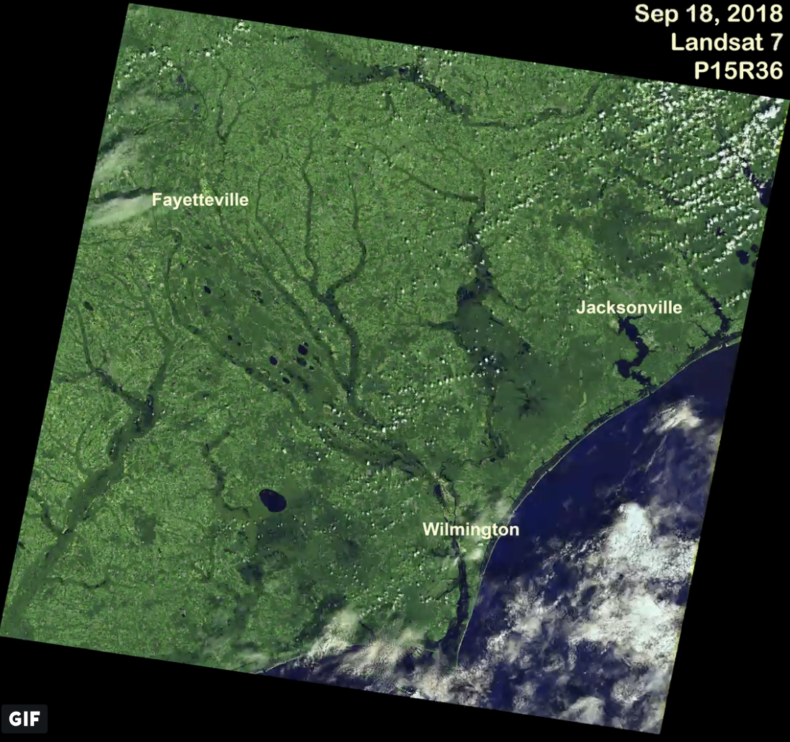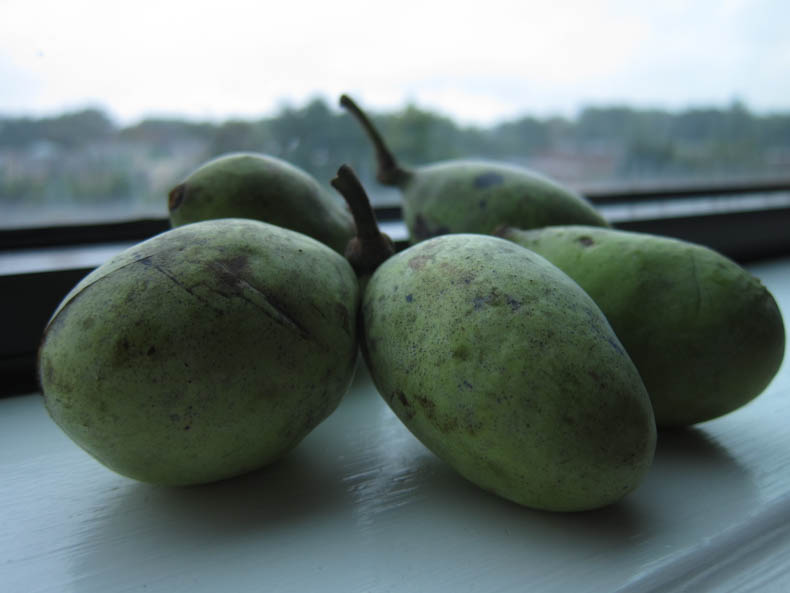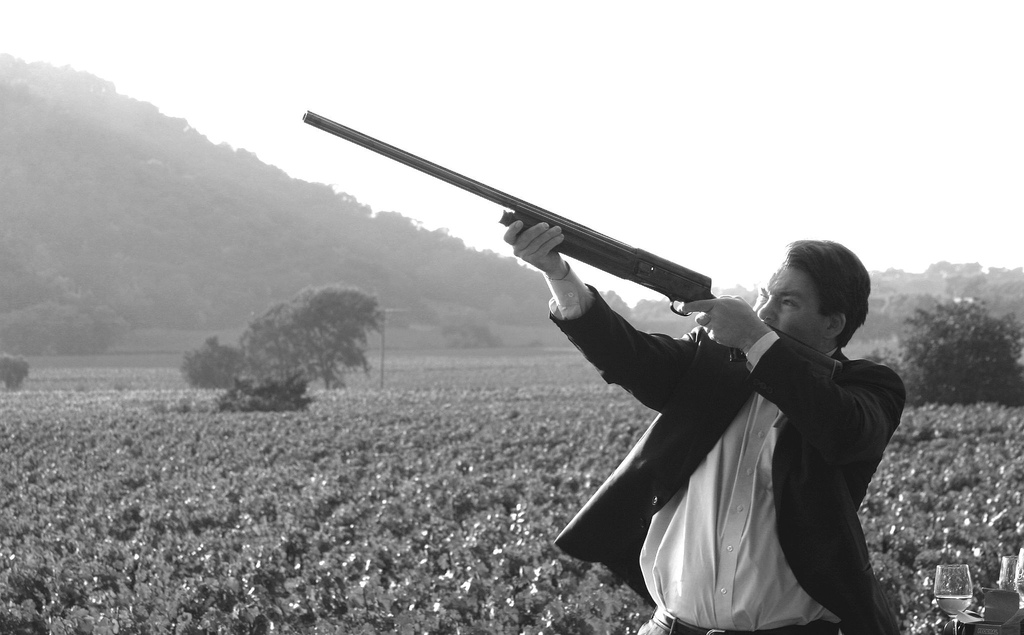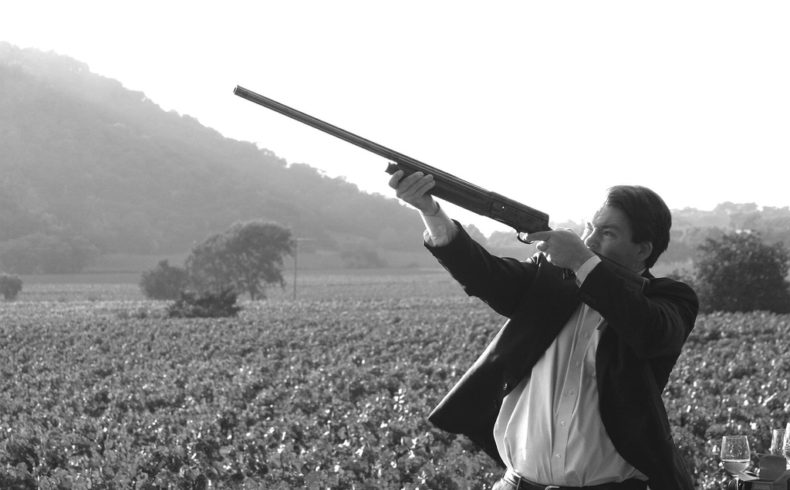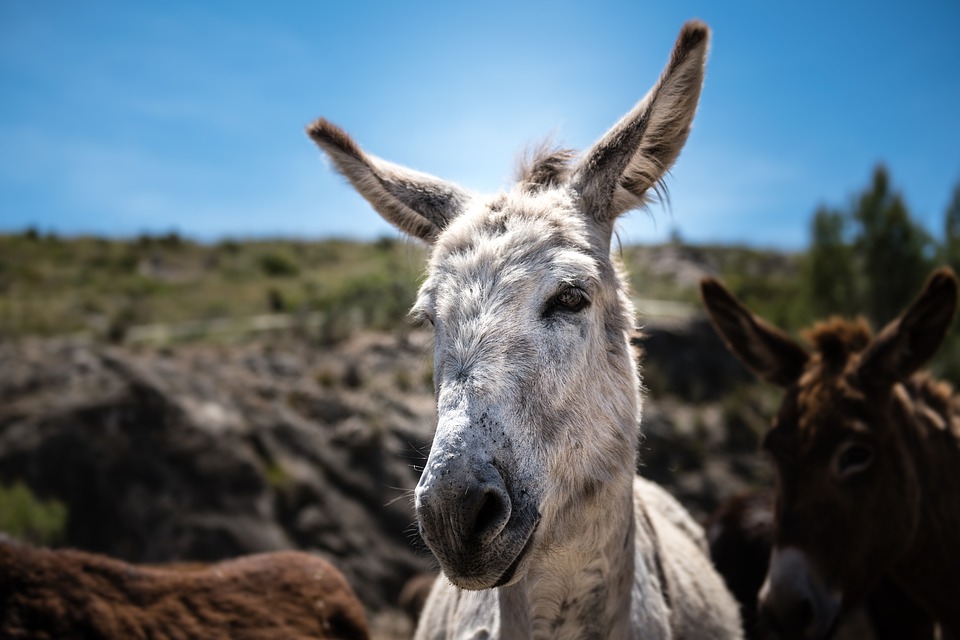September 24-28, 2018
This week, Sally lets us in on some tech news: 2018 is the Cambrian Explosion of Steganography. Messages can be hidden in a variety of media, and it’s very hard for law enforcement to find. “Jpgs, gifs, pngs, mp3s –all of these have loads of storage space just begging for stowaways. They just weren’t designed to resist embedding.”
You may think you’ve seen most of the fruit there is, but global trade only carries transportable, storable food, says Helen. In her neck of the woods, the pawpaw has been right in front of her nose all along. “The first one I ate mostly tasted sweet and delicious. The second and third I’m calling pineapple custard. The others are still ripening on my counter.”
For the real scope of a hurricane in our Anthropocene era, mapping satellites offer the best perspective, says Rebecca. “The magnitude of a monster like Florence comes into full relief through facts that can only be delivered by something not on Earth.”
The idea of a ghost town says a lot about our wish to move freely in the world, unencumbered by the existence of others, says Sarah. “However ravenous time’s appetites, if Cisco has taught me anything, it’s that no place is “empty,” nor has any ever been.”
And finally, Craig introduces us to a born storyteller who put his own lived trauma to good use in binding a traveling group together. “In this way, storytelling tightens the weave of social fabric, bringing in lessons as if by proxy.”
Image: Astronaut Alexander Gerst, from the International Space Station
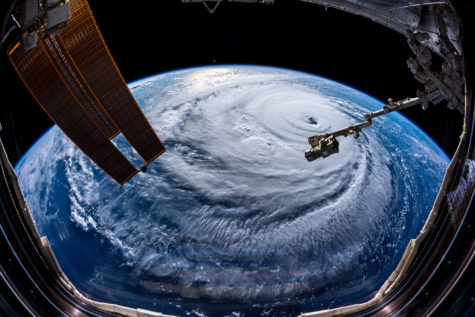

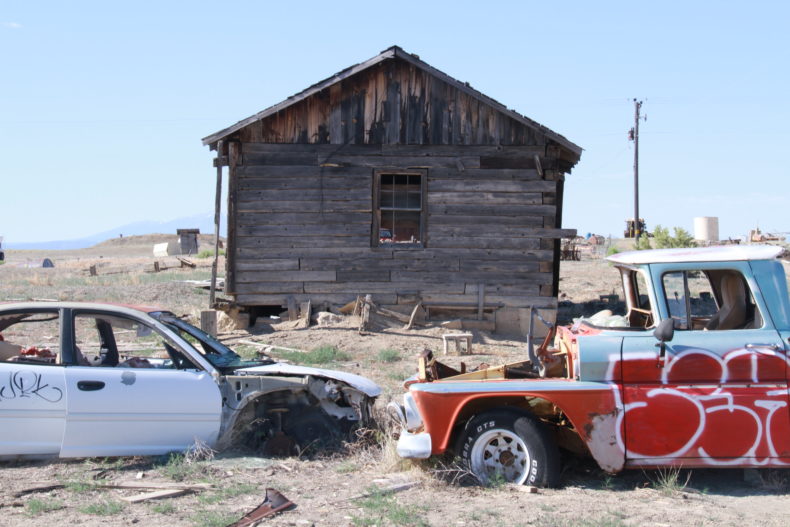 I don’t know when I first saw Cisco, Utah. My early memory of it is imprecise, gathered from a series of impressions over years into one blurry composite. A crumbling edifice of corner store, covered in a mural of eagle and mountains that is in turn covered in black scrawls of graffiti. Dead cars. Piles of brick, concrete and twisted metal. Great expanses of balding, cracked earth scattered with gunshot glass and rusted cans. Little shacks of gapped, silvered wood, standing like ribcages picked clean of meat by some scavenger. The wind, maybe. Or time. There is no hungrier thing lurking in the desert that surrounds that place.
I don’t know when I first saw Cisco, Utah. My early memory of it is imprecise, gathered from a series of impressions over years into one blurry composite. A crumbling edifice of corner store, covered in a mural of eagle and mountains that is in turn covered in black scrawls of graffiti. Dead cars. Piles of brick, concrete and twisted metal. Great expanses of balding, cracked earth scattered with gunshot glass and rusted cans. Little shacks of gapped, silvered wood, standing like ribcages picked clean of meat by some scavenger. The wind, maybe. Or time. There is no hungrier thing lurking in the desert that surrounds that place. 